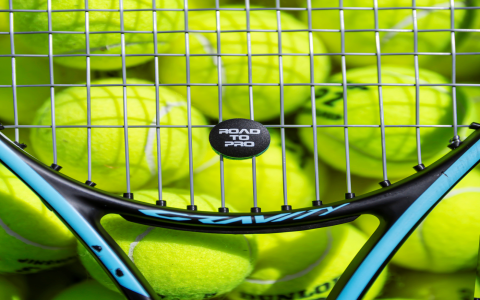Customizable tennis dampeners represent an evolution in vibration control technology, allowing players to tailor impact feel and sound frequency to their specific preferences. Unlike standard dampeners, these offer adjustable physical properties that fine-tune racket response.
Core Customization Variables
Advanced dampeners enable adjustments across several key parameters:
- Hardness/Durometer: Selectable Shore A ratings modify energy absorption – softer compounds prolong dwell time, firmer options accelerate rebound.
- Mass Distribution:
Interchangeable weighted cores alter swing dynamics. Higher mass (8-12g) increases plow-through, while minimal mass (2-4g) preserves maneuverability.
- Geometry Options: Modular designs offer interlocking shapes (hexagonal, butterfly, button) that alter contact surface area and string engagement depth.
- Structural Density: Open-cell vs. closed-cell foam variants influence vibration wave dispersion properties across frequencies.

Material Science Applications
Premium dampeners utilize compounded elastomers with engineered hysteresis:
- Thermoplastic polyurethanes (TPU) provide consistent damping coefficients across temperature ranges
- Viscoelastic silicone blends offer frequency-selective attenuation
- Micro-porous EVA layers disrupt harmonic vibration propagation
Performance Calibration Protocol
Systematic customization follows three test phases:
- Baseline Measurement: Record impact shock duration (ms) and peak amplitude (G-force) using undamped racket
- Iterative Adjustment: Cycle through configurations testing:
- Stability at 85%+ swing speed
- Auditory feedback at dominant contact points
- Vibration decay rates post-impact
- Longitudinal Verification: Assess tension maintenance and material compression after 12+ hours court time
The most effective customization delivers targeted 300-500Hz attenuation while maintaining essential tactile feedback. Precision tuning typically requires professional analysis using accelerometer data correlated with subjective player assessment.




















